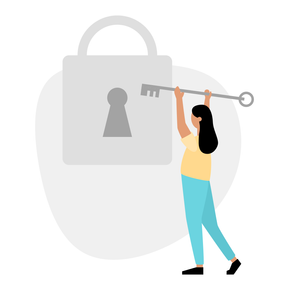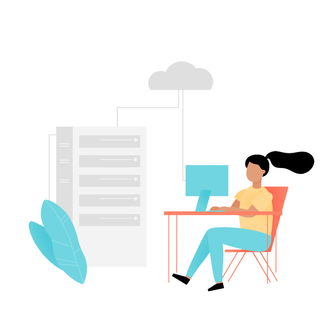Community resources
Community resources
Community resources
SLA for all levels of support
In a competitive environment, trust is a crucial factor in customer choice. One of the main ways to keep trust alive in your business is to know what is expected by people and try to keep with it. SLAs can help you to enforce reliability.
In this article, we will highlight support service SLAs for teams that work with Jira Cloud.
What are SLAs in customer support? - Customer support SLAs are goals that are oriented to the customer treat. Each company creates such processes to get a significant outcome. Lots of common SLAs are mostly based on how quickly a support team will reply on a ticket or how fast a ticket will be closed. For example, SLA may clarify that 80% of support requests will be replied within 4 hours. So the main point of support success is to resolve each ticket according to SLA time limits.
Levels of support
If your team works in the IT department, support is normally divided up to four levels: level/tier 1, level/tier 2, level/tier 3, and level/tier 4. The support level is based on the complexity of support provided.
Level 1: It is a Support desk where a customer deals in, explains his/her issue, and is equipped from the support staff who have limited knowledge of product/service and can solve very basic issues. For Jira users, this step is well known as a ticket from a customer on (Jira) Service Desk sender by Portal.
Level 2: They have more experience in solving relatively complex issues and can guide/help/review L1 support folks' jobs in troubleshooting. If a solution is not provided at this level then it extends to the next level.
Level 3: They are experts in their domain and solve the most difficult problems, mostly assisting both level 1 and level 2 specialists. They also do code changes, research, and develop solutions for challenging new or unknown issues.
Level 4 is usually restricted to a software vendor and his management team on special issues.
For the last 3, we usually create new issues for Jira Core or Jira Software. Because in that case, we need additional expertise from other departments (Tech support, Developers, QA, PM, etc.)
Each level of support remains important to adhere time to SLA. Let's consider what are the possibilities for setting SLA at Jira Cloud.
How to set time to SLA for Jira tickets
One of the most popular tools for setting SLA for Jira items is Jira Service Desk. It lets users receive, track, manage and resolve requests from customers. This solution allows set SLA timers for tickets from Service Desk Portal. So it provides everything necessary to service requests on the first line of support.
However, there are lots of limitations because SLA settings are visible only for Jira Service Desk agents. This means that employees who don’t have an agent’s license won’t be able to set up a separate SLA timer or monitor how much time it takes an agent to provide them with a solution to their problem.
How to configure SLA for issues form L2, L3, L4 support (Jira Core, Jira Software)?
On Atlassian Marketplace you can find third-party add-ons that have extensions for setting and tracking time to SLA for the next levels of support. One of such solutions is SLA Time and Report by SaaSJet. (for Jira Cloud).
Among other tools, it has the following features:
- Flexible start/stop conditions (like at JSD) to specify which issues will be covered by a time goal.
- Multi-triggers with time goals and automated rules.
- Easy to generate an SLA time report.
SLA Time and Report provides the ability to set time to SLA for issues not only for Jira Core and Software but for tickets from Jira Service Desk. Therefore this app is suitable for all levels of support and can serve as an extension at work with tickets from the Jira support portal.
As you can see, SLA is a vital part of business relations in the IT department. It needs a separate configuration for each support level. Jira Cloud users have a list of tools that can help them to set SLA according to their needs.
Has your team ever worked with SLAs? And if yes, what tools/add-ons you have been using? Please share it with the community in the comments.
Best Regards
SaaSJet Team
Was this helpful?
Thanks!
Zoryana Bohutska _SaaSJet_
About this author
Customer Success Manager at SaaSJet
SaaSJet
51 accepted answers
TAGS
Atlassian Community Events
- FAQ
- Community Guidelines
- About
- Privacy policy
- Notice at Collection
- Terms of use
- © 2025 Atlassian








0 comments